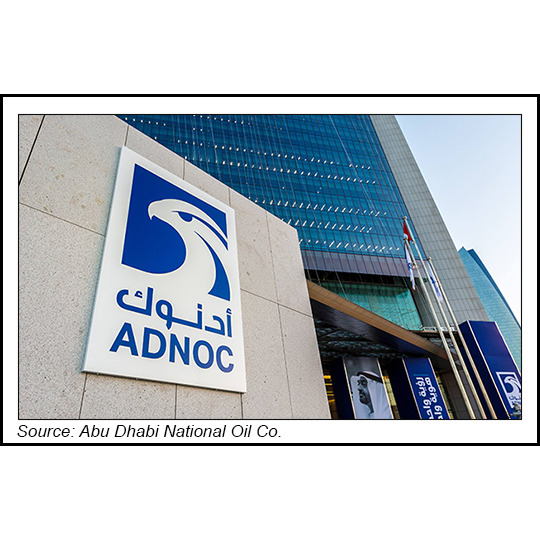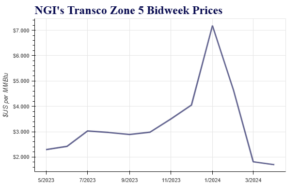LNG | International | LNG Insight | Markets | NGI All News Access | NGI The Weekly Gas Market Report | Shale Daily
Adnoc Natural Gas, LNG IPO Seen as ‘Highly Feasible’ Amid Broader Expansion Plans
© 2024 Natural Gas Intelligence. All rights reserved.
ISSN © 1532-1231 | ISSN © 2577-9877 | ISSN © 1532-1266 | ISSN © 2158-8023 |



